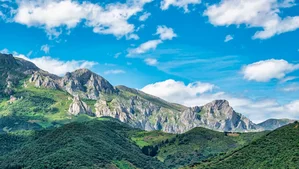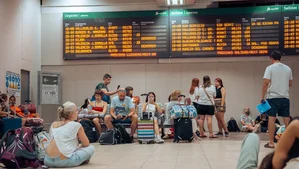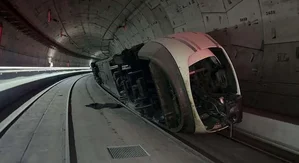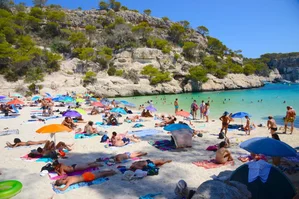Understanding "Zonas de Sombra" in Spain: A Guide for Expats

For expats living in Spain, the concept of "zonas de sombra" (shadow zones) might be unfamiliar, but it is a crucial aspect of the country's geography and climate. Here’s a detailed look at what these zones are and their significance.
What are "Zonas de Sombra"?
"Zonas de sombra" are areas that receive limited sunlight due to their geographical location, often because they are shaded by mountains or other natural obstacles. These zones are particularly common in mountainous regions of Spain, such as the Pyrenees, the Cantabrian Mountains, and parts of the Andalusian Sierra Nevada.
Geographical Context
In Spain, the mountain ranges create microclimates where some valleys and areas remain in shadow for a significant part of the year. For instance, the Pyrenees, which form the border between Spain and France, cast long shadows over the valleys below, especially during the winter months. This phenomenon is also observed in areas like the Picos de Europa National Park, where the rugged terrain creates deep shadows.
Climate and Weather Implications
The lack of direct sunlight in these zones has a profound impact on the local climate and weather. Areas in "zonas de sombra" tend to be cooler and more humid than their sun-exposed counterparts. This can lead to unique ecosystems, with vegetation and wildlife adapted to these specific conditions. For example, certain types of flora that thrive in shaded areas might not be found in sunnier regions.
Impact on Daily Life
For expats living in these areas, understanding "zonas de sombra" is essential for adjusting to the local environment. Here are a few ways it can affect daily life:
- Housing and Architecture: Buildings in these areas are often designed to maximize the limited sunlight. This can include larger windows on the sun-facing side and insulation to retain heat.
- Agriculture: Farming practices need to be adapted to the reduced sunlight. Certain crops that require less sunlight, such as mushrooms or specific types of berries, might be more suitable for these areas.
- Outdoor Activities: Expats who enjoy outdoor activities like hiking or skiing need to be aware of the shadow zones to plan their routes and activities accordingly. Some trails may be more shaded and cooler, even in warmer months.
Historical and Cultural Significance
"Zonas de sombra" have also played a significant role in the historical and cultural development of the regions they are in. For example, the Inca ruins in South America, such as those near the Licancabur volcano on the Bolivia-Chile border, show how ancient civilizations adapted to similar shadowed areas[1].
In Spain, these zones have influenced the traditional way of life, with many villages and towns built to take advantage of the available sunlight. This is reflected in the architecture, agricultural practices, and even the local folklore.
Conclusion
Understanding "zonas de sombra" is key for expats to fully appreciate and adapt to the unique environments found in Spain’s mountainous regions. Whether it’s adjusting to the local climate, appreciating the unique ecosystems, or respecting the historical and cultural significance, recognizing these shadow zones can enhance the expat experience in Spain.
Related Stories

Northern Spain Named Best Global Destination for a Road Trip
Northern Spain wins title of best global road trip destination by Travelbook.de, celebrated for its stunning landscapes, rich culture, and scenic routes.

Discover the Best Cycling and Mountain Biking Routes in Cantabria
Explore the stunning cycling and mountain biking routes of Cantabria, Spain. From coastal paths to challenging mountain trails, discover routes for all skill levels amidst breathtaking landscapes.

Train Derailment Between Atocha and Chamartín Affects Thousands of Commuters
Train derailment in Madrid tunnel disrupts 13,700 commuters, with ongoing efforts to restore service between Atocha and Chamartín stations.

Normality Restored in Spanish Rail Network After Disruptions
Spanish rail services to resume normal operations on Oct 21 after disruptions, ADIF confirms, marking an end to weeks of travel chaos for commuters and tourists.

Illegal Tourist Rentals Surpass Legal Ones in Menorca, Raising Alarms
Illegal tourist rentals in Menorca now outnumber legal ones, posing threats to the island's sustainability and living costs, with calls for urgent regulatory action.